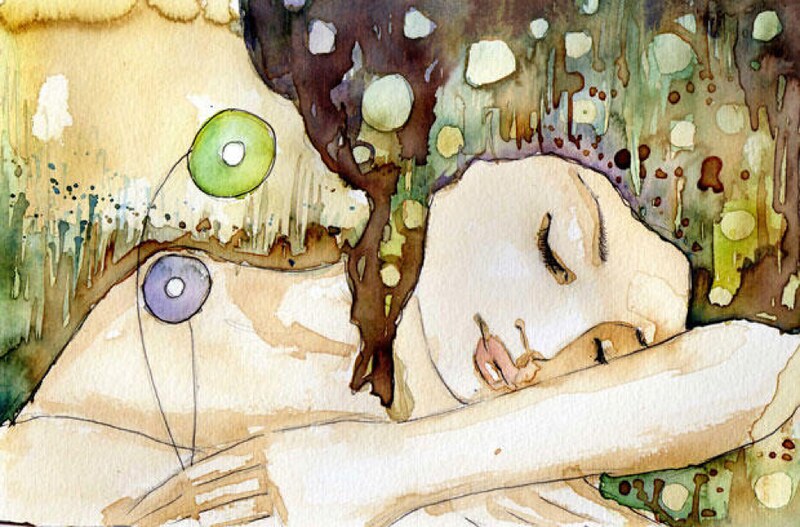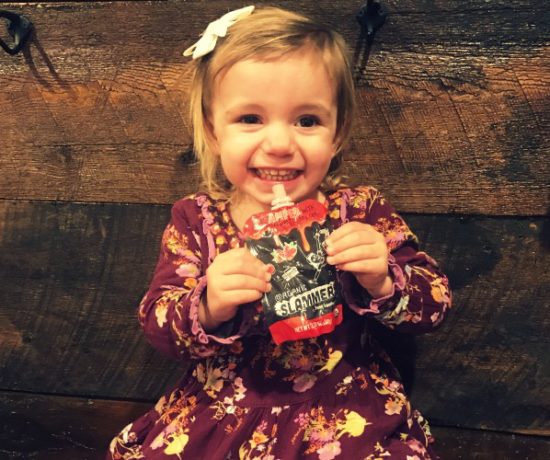Enjoying a sound sleep is essential for the well-being of your children; they need a lot of energy to grow up and discover the world! A vital ingredient of a healthy rest for them is the mattress they sleep on night after night.
There’s a large variety of beds on the market nowadays, but the best ones for your children will always be those of natural origin, lacking dangerous chemicals or flame retardants but presenting anti-mold and hypoallergenic properties.
When you look for the best mattress for children, try to avoid synthetic materials (mainly petroleum products), which tend to off-gas and thus present a potential health threat. Opt for high-quality materials that are comfortable and supportive; check if the bed has a proper construction and ask about the features you would want for yourself, such as cooling technologies, firmness level, adjustment options, hypoallergenic material (or cover), etc.

Keep in mind that experts recommend a higher degree of firmness for babies and toddlers, and medium-firmness for older kids. When choosing the mattress for my child, I saw it as a long-term investment, so I purchased something that he will use for many years. But firstly I reviewed all my options regarding materials – memory foam, spring, latex and organic:
Memory foam
Most manufacturers use this particular material to construct mattresses for kids and youth. Due to its different levels of density, the foam can present various firmness or softness levels, which makes it great for sleeping in any position. On the other hand, its downsides can be off-gassing, overheating during sleep and the use of potentially harmful chemicals as fire barriers.
Spring
Many parents often prefer the classic construction of a mattress. Springs offer bounce, an essential feature for any child who wants to jump and turn in bed, but also reactive foam layers for excellent support. Still, it also has its downsides: a shorter lifespan, the risk of premature sagging, poor contouring or pressure relief, less motion isolation and it can be noisy.
Latex
This particular material is somewhat new in the mattress industry, but it has become trendy due to its main features: cooling, high responsiveness, excellent contouring, air-circulation, and comfort; the fabric is antibacterial, hypoallergenic and it won’t evaporate toxic chemicals. All those make an excellent mattress for your child! Plus, the latex beds provide a firm surface, excellent for children, and excellent pressure relief characteristics. Also, latex is one of the most highly durable materials available on the market: mattresses present an impressive, and they withstand well all the jumping, spilling and playing around.
Organic
Last but not least, I considered an organic mattress (cotton, wool or all-natural latex): it is an eco-conscious choice and the safest you could make for your child. Natural materials are the optimal guardians of healthy sleep for a developing kid. Wool, for instance, maintains the right temperature of the body regardless of the season. Just make sure that your child doesn’t have an allergic reaction to the natural oils found in organic materials.
After carefully reviewing all possible types of mattress construction and materials, I opted for natural latex. Organic products can be more expensive than foam or spring, for instance, but they last longer than those, and they are the healthiest option. Furthermore, it’s an investment in the future of your child so be sure to visit sites like https://www.topmattress.com/ for the best advice!



